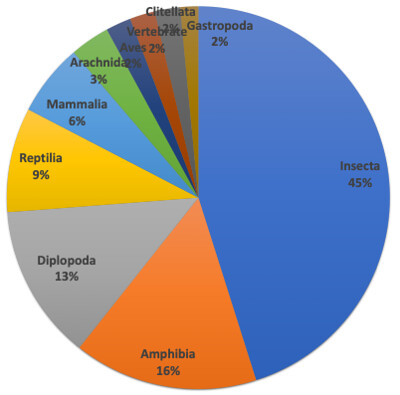This is a summary of our newt roadkill study at Lexington Reservoir, Santa Clara County, CA for the 2019-2020 migration season. This study has been ongoing for two full seasons and part of a third season (2017-2018).
First of all, I'd like to thank our fantastic volunteers - @merav, @newtpatrol, @sea-kangaroo, @anudibranchmom, and @joescience1 - for a job well done!
2019-2020 Newt Migration Season Highlights
• The team recorded 5,292 newt roadkill observations, which is 411 more deaths this season than last. The cumulative death toll is 10,644.
• The team has also recorded 361 observations of 67 other species of animals killed on Alma Bridge Rd.
• 50 data collection surveys were performed this season compared to 42 last season.
• Three times the number of dead juveniles were observed this season compared to last (100 vs. 32). This is important because juvenile deaths have a disproportionate impact on population dynamics.
• The rainy season started later this year and lasted longer than last season: 11/27/19 through 05/20/20 (global warming?)
• It's a widely held misconception that newts only migrate on rainy nights. We have a lot of data to disprove this:
- During Feb, there were only 2 days of rain (total 0.02 inches), but the team found 904 newt corpses during Feb.
- Also, we’ve observed and documented 121 newts alive and walking around during the daytime.
- It seems the only time we find no dead newts on the road during the 5-month migration season is when the temperature drops below 40 degrees F and there’s snow on the mountains.
Here's our umbrella project from which you can access all the subprojects (e.g., newt roadkill for each season, juvenile deaths, live & injured newts, and our decomposition study data):
https://www.inaturalist.org/projects/pacific-newts-all-lexington-reservoir-area








